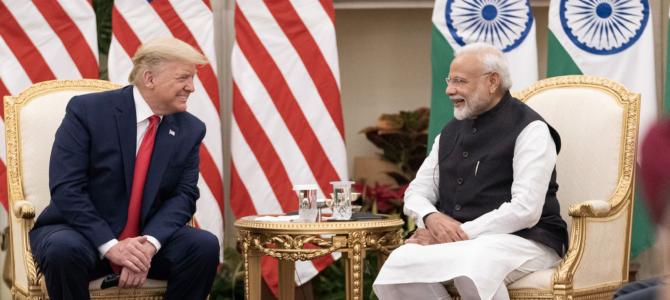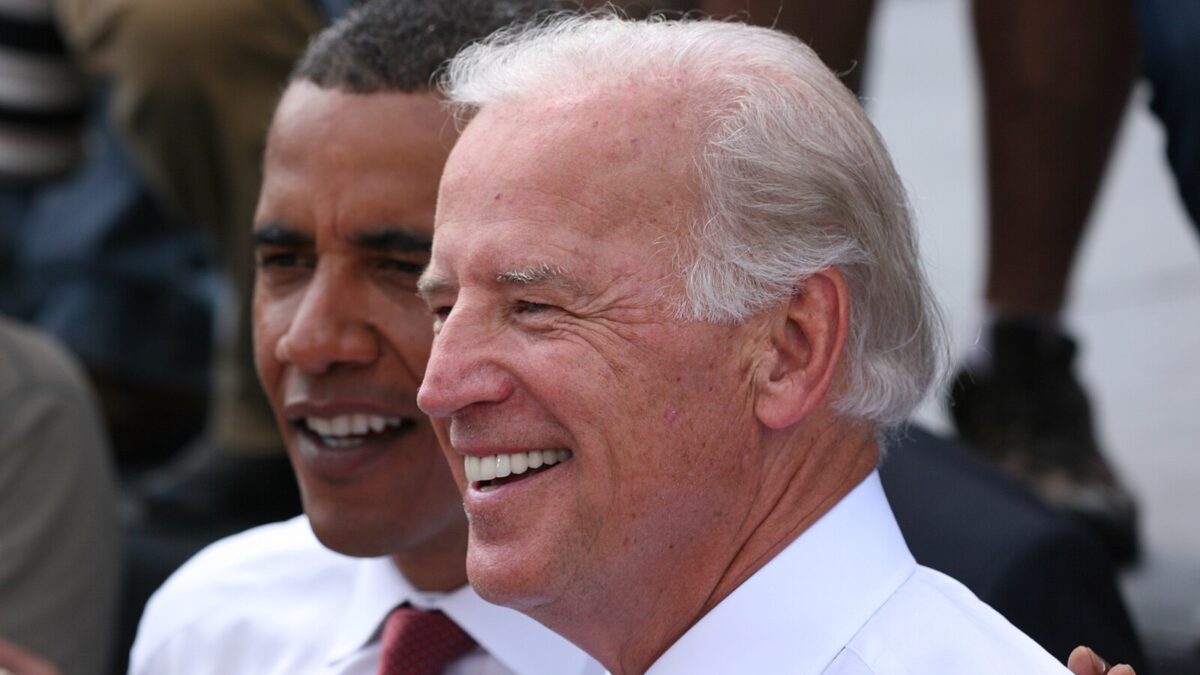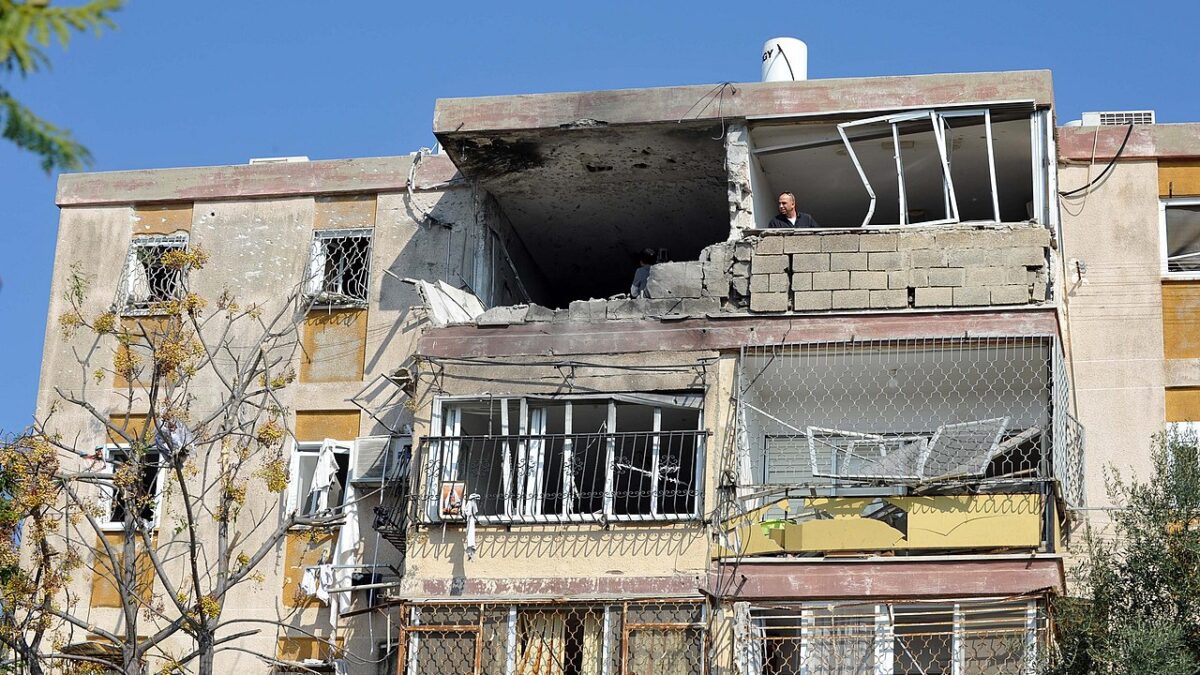
One of the many discussions our country has had over the Trump Presidency is what it means for America to be “great.” For some, it’s a country which answers to no external pressure, and only the will of its citizens. For others, it’s a state deeply involved in international politics, actively working with other nations to deepen cooperation. Both sides, however, should agree with at least one prerequisite for greatness. If America is great, it will not be silent as its democratic allies are harassed and have their land seized by expansionist dictatorships.
Two weeks ago, in northern India, the Peoples Liberation Army (PLA) poured over the border at multiple points, occupying miles of disputed mountainous terrain. With thousands of soldiers involved, the Chinese military aims to cut off India’s access to its own air base.
It’s unknown exactly how much land the PLA forces have taken so far. What is known is that thousands more Chinese troops are fortifying their position and building heavy military encampments, including artillery, armored personnel carriers, and excavators. Initial hopes for a peaceful conclusion to the stand-off ended just yesterday morning, as the Indian government reported that at least 20 Indian soldiers were killed in a melee between the two sides near the occupied zone. Beijing has refused to reveal its own casualty count.
China’s Real Motive
Why did China choose now to seize the area? The land in question, the Ladakh region, has been the subject of dispute before. While the region was once Indian territory, much of it was lost to China in a 1962 invasion ordered by Chairman Mao. But since then, while both have scraped over the border before, no one has actually been killed in over 40 years; it’s hardly a high-profile conflict. The road India was building to its base was well within its own territory, and China has built a remarkably similar one on its own side of the division. Clearly, there’s more at play than an 80-year-old frozen border.
The answer is that the aggression has less to do with a frozen border conflict, and more to do with India challenging Chinese dominance. The two have a long history. For decades, both shared a policy of socialist economics and broadly anti-Western politics. This has changed quite suddenly. As India switches to a primarily free enterprise system, it has grown far more powerful, and drawn closer to the United States than ever before.
This has been especially true under the current administration, which has hardly been soft on China. When President Trump visited the country this year, thousands gathered to see him speak, and over 50 million Indians watched as Prime Minister Modi personally laid out the red carpet. Upon Xi Jinping’s visit, the Chairman was met with crowds of Tibetan protesters, another region occupied by the authoritarian government. The rebuke was not forgotten by the dictator.
Combine these slights with an ongoing play for global leadership, and China’s actions start to make a lot of sense. The Chinese government has been courting a wide range of allies with “investments,” who are then willing to tolerate Xi’s increasingly aggressive foreign policy and internal repression. These have included concentration camps in Xinjiang, seizing control of Hong Kong, occupying the South China Sea, and building PLA bases in Africa to say nothing of its new fiery rhetoric. But while others have muted their criticisms, Indian officials have largely called China’s actions out, and have worked on security arrangements alongside Japan, Australia, and the United States to counter Chinese military expansionism.
The CCP’s motive is hardly a mystery. Modi has made clear India is not in China’s sphere of influence, and that he is willing to work with the United States. Xi is eager to punish him with what he likely hopes will be a humiliating loss. The United States should not allow this to go unmentioned.
Three Positive Responses
This does not mean anything like military force should be used; the Indian Armed Forces are perfectly capable of handling the current crisis. And a call for military adventurism is not only unnecessary, it will likely backfire, giving Xi Jinping cover to protect his new gains. The United States is the most powerful country on earth, militarily and economically. A diplomatic and nonmilitary response alone can seriously impact an aggressive state’s strategic thinking. Look to the 2008 Russian invasion of Georgia, where strong condemnations of the attack helped put an end to the immediate attack.
The US should make it clear to the Chinese government that its provocative actions have not gone unnoticed, and do so as soon as possible. Xi Jinping can be punished by developing an even stronger bond with India. This should include condemnations of the incursion, using the moment to restart stalled talks for a US-India trade deal, and begin formalizing security agreements between the two democracies.
The Chinese government’s recent actions, from its takeover of the WHO to its support of authoritarian regimes across the world, should concern everyone. What is happening in India is independently disturbing and fits into a decade-long trend under Xi Jinping’s leadership. It also provides an opportunity to show the world that the United States stands by its allies, condemns expansionist behavior, and is indeed a great nation.









